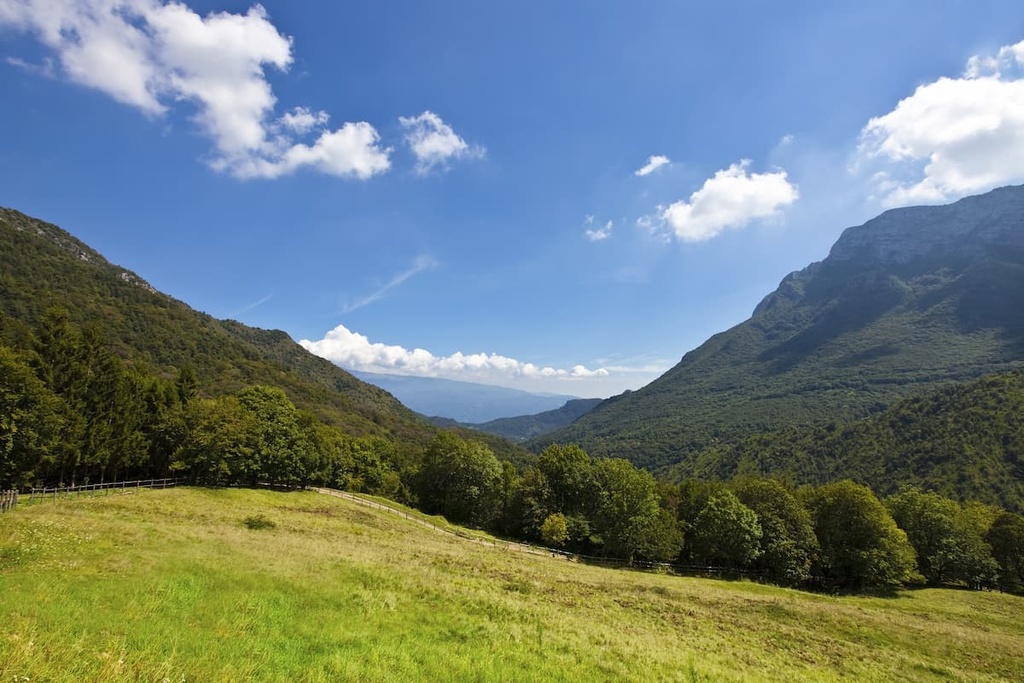Get PeakVisor App
Sign In
Search by GPS coordinates
- Latitude
- ° ' ''
- Longitude
- ° ' ''
- Units of Length

Yes
Cancel
Share ×

Scan the QR code and open PeakVisor on your phone
❤ Wishlist ×
Choose
Delete
Alto Garda Bresciano Park is one of the major natural parks in the Lombardy region of northern Italy. In addition to Garda Lake, the main feature of the park is Valvestino, a large and beautiful valley that also features an open-air ecological museum with many great attractions. There are 137 named peaks in Parco Alto Garda Bresciano, the highest and most prominent of which is Monte Caplone (1,976 m / 6,482 ft).
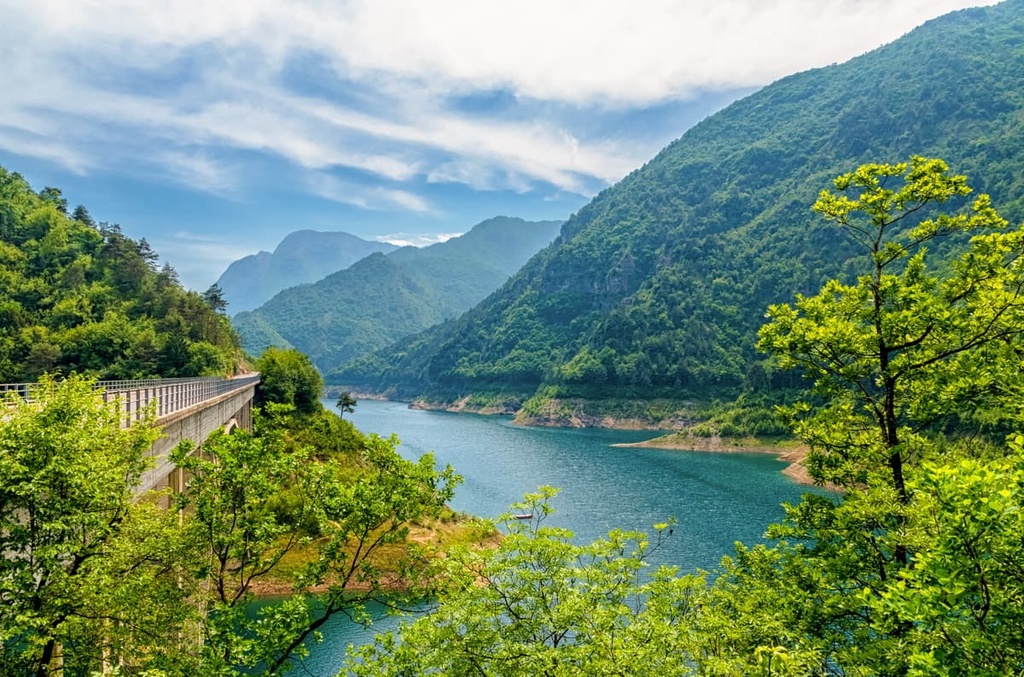
The meaning of the name of Alto Garda Bresciano Park, which was founded in 1989, is not difficult to guess: It refers to the park’s geographical location. The park is located in the upper part of Garda Lake in the province of Brescia, which is one of the largest provinces in Lombardy.
The words Brescia and Garda are probably of Celtic origin and mean ‘top, hill, elevation, fortress, stronghold,’ and ‘place of observation and guard,’ respectively.
The correct English name of the park is Brescian Upper Garda Park, the Italian name is Parco Alto Garda Bresciano. But the most commonly used version of the park’s name is a combination of the two languages: Alto Garda Bresciano Park.
Brescian Upper Garda Park is located in the southeastern part of the province of Brescia on the border of the province of Trento in the Trentino-Alto Adige / South Tyrol region.
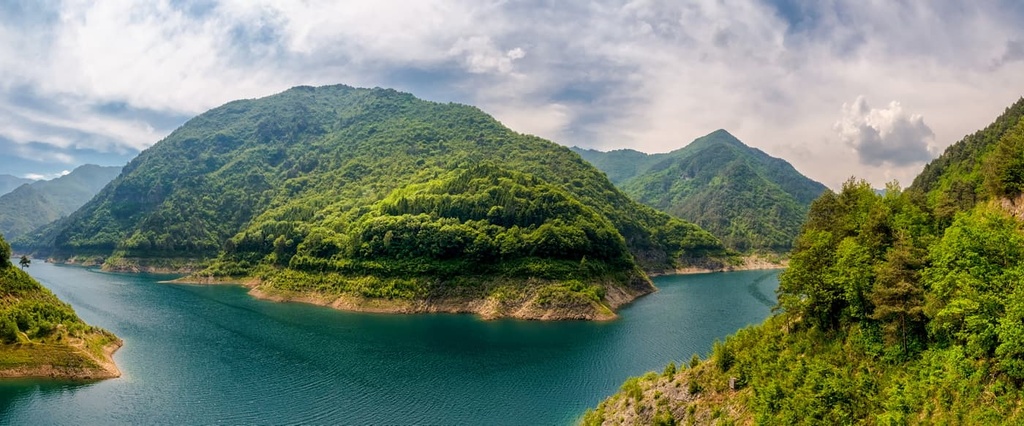
The park covers almost the entire mountainous western part of Garda Lake from the town of Salo, the largest on this shoreline (interestingly, the town and its immediate surroundings are also part of the park and thus of natural importance), to the village of Limone Sul Garda, a small but very famous resort with a large beach, where the locals and tourists come to bathe in summer.
The northern and eastern (as seen from the lake) borders of the park coincide with the provincial border between Brescia and Trento as well as the Valle di Ledro and Valle Sabbia.
The park extends into the mountains, its western boundaries can be delineated by the settlement of Persone. The total area of the park is 38,269 ha (94,564 acres).
There are nine municipalities (Gardone Riviera, Gargnano, Limone sul Garda, Magasa, Salò, Tignale, Toscolano Maderno, Tremosine and Valvestino) in the park, which are home to a total of about 27,000 inhabitants, most of whom live in Salò. Most of these towns are also entry points into the park.
From the south, Parco Alto Garda Bresciano can be reached by car or bus in about an hour from Desenzano del Garda, the largest city on the southern shore of Garda Lake. You can reach Desenzano del Garda by train from Verona in the east and Brescia in the west. Verona has an international airport, too, for those who are coming from further afield.
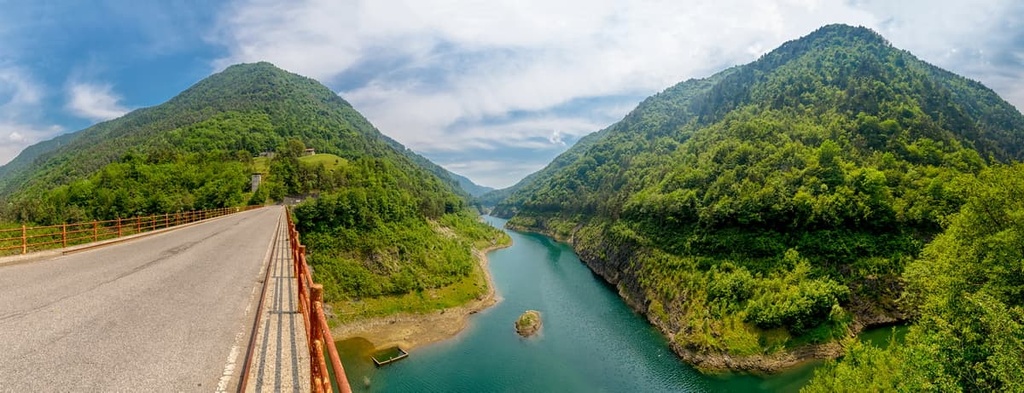
From the north, you can reach the park by bus from Riva del Garda, which is connected to Trento, the capital of its namesake province. The travel time between Trento and Riva del Garda is also about an hour.
Parco Alto Garda Bresciano impresses visitors with its varied landscape. Its main features are the multiple cliffs overhanging the lakeshore, wide and long natural terrace, panoramic roads and trails along the lakeshore and in the inner valleys of the park, and forests with rich flora and fauna, among other attractions.
At the same time, the park is not a wilderness. It is a large area with a long history of economic activity, which takes place mostly in the community of Valvestino. The municipality and the valley of the same name are located almost in the geographical center of the park.
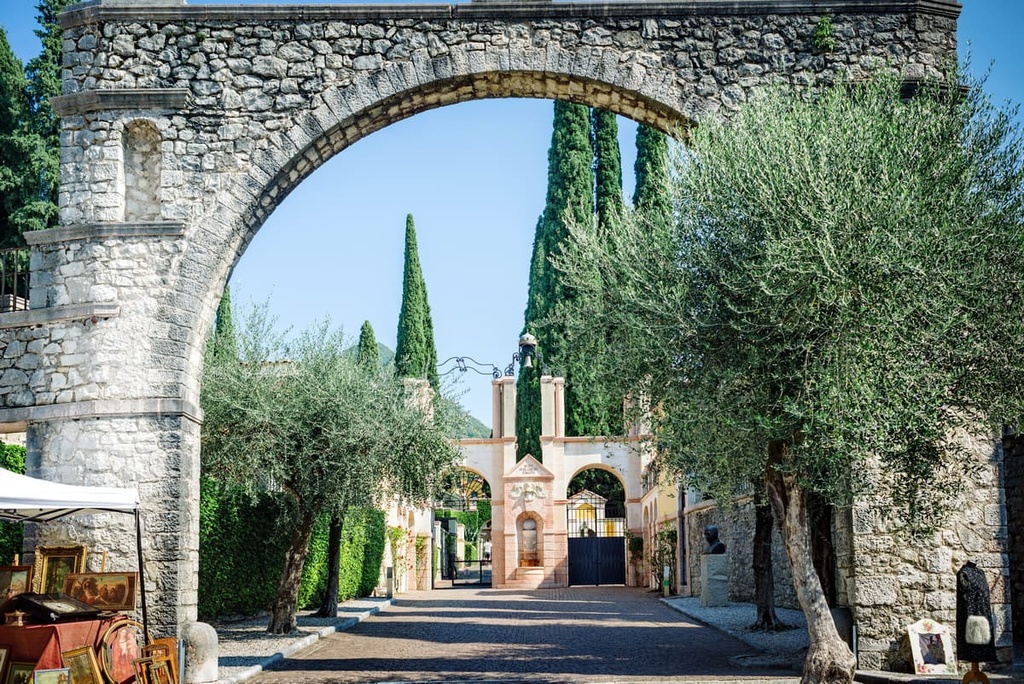
Valvestino, which is considered an open-air ecological museum, has many great landmarks and attractions, including the Milk Museum of Persone, the Botanical Museum ‘Don Pietro Porta,’ the Museum ‘Ancient Crafts: The Water Mill,’ and even the Astronomical Observatory of Cima Rest, which is open to the public from May to September.
At Cima Rest, there are also famous characteristic barns (Fienili di Cima Rest) with their sharp thatched roofs, which do not look very Italian but may resemble Lombard or Austro-Hungarian buildings. One of the barns hosts the Valvestino Ethnographic Museum, the others can be rented as holiday homes. Each barn has a kitchen, bathroom, living room, and heating, and can be used by up to 6–8 people.
Here is a list of other natural and man-made landmarks you can visit in the park:
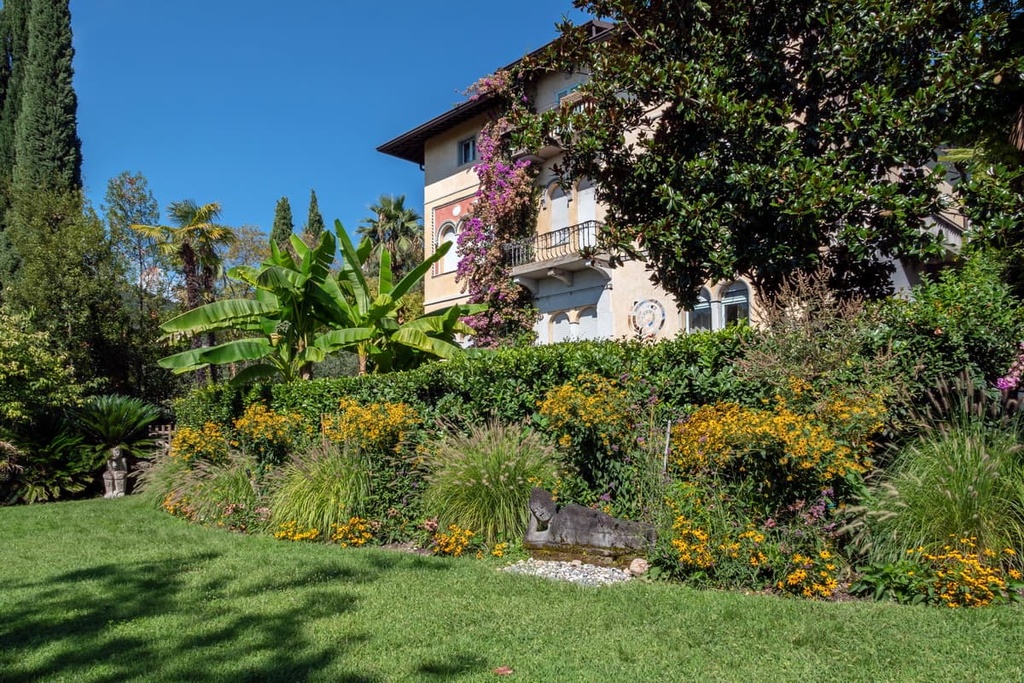
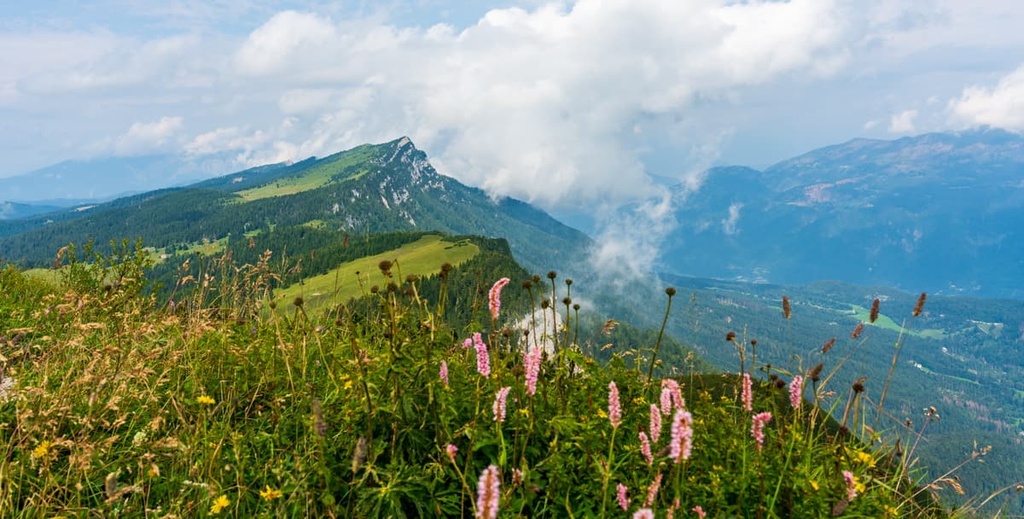
The natural environment of Parco Alto Garda Bresciano consists of a diversity of flora and fauna. This includes a variety of environments, such as the Mediterranean-like ecosystems along Garda Lake to the Alpine ecosystems in the higher elevation areas of the park.
For example, in the alpine zones of the park, you can find plants such as Saxifraga tombeanensis. This plant gets its Latin name from Monte Tombea, the second-highest peak in Alto Garda Bresciano Park (1,950 m / 6,397 ft).
In general, much of the park is covered with oak, beech, hornbeam, Scots pine, spruce, and linden forests. In particular, the park includes 11,000 ha (27,180 acres) of regional state forest, and it is the largest such area in Lombardy.
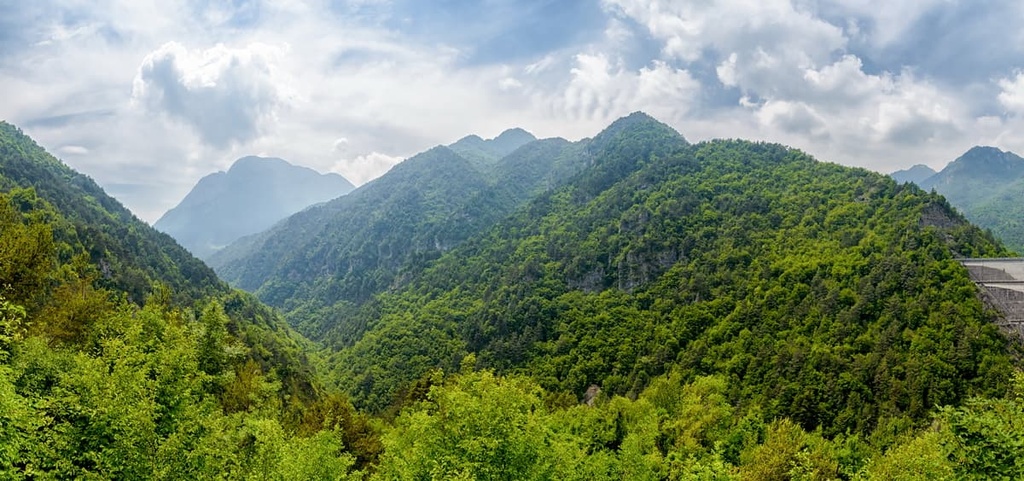
The Brescia Upper Garda Park is also home to many animal species such as deer, chamois, mouflon, wild boar, and Alpine ibex, the latter of which were reintroduced into the area in 1979. There are also many birds, including golden eagles. In total, the park is home to about 250 species of animals.
At the end of the day, flora and fauna are what make the nature park so special. This is especially true around the park’s coastal area, which is called the Riviera del Garda. It is one of the most internationally appreciated Italian ecosystems and it is also a major tourist attraction.
The mountains in the Alto Garda Bresciano Park belong to the Prealpi Gardesane Sud-occidentali (Southwestern Garda Prealps) group within the Garda Prealps, which, in turn, belong to the Brescia and Garda Prealps according to the Italian SOIUSA classification system of the Alps.
According to the other major Alps classification system, that of the German-Austrian Alpine Club (AVE), these mountains are simply called the Garda Mountains.
The main peak of the park is Monte Caplone (1,976 m / 64,82 ft). It is also locally known as Cima del Palù, Palù nella Valvestino, Cima dei Tre Laghi, and Cima delle Guardie.
The mountain became known in the world after the famous English climber, John Ball, president of the Alpine Club (UK), went to it during his hike through the Vestino Valley in late spring 1864.
He gave a detailed account of the route he took, calling it the ‘Route G. from Storo, Idro Lake, to Toscolano, Garda Lake, Through the Vestino Valley,’ in his famous book, The Alpine Guide, which was published two years later in 1866. He noted the botanical and geographical aspects of the valley and the alternative route to Tremosine through Mount Caplone and Val Lorina.
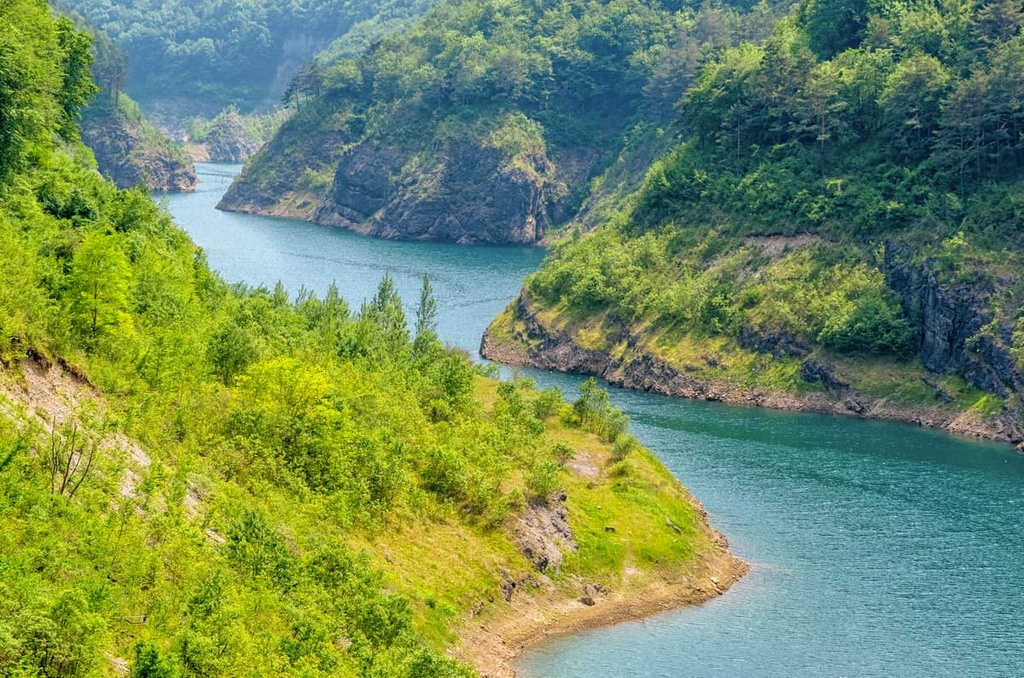
Monte Caplone is the highest, but perhaps not the only famous peak of the park. The mountains of Pizzocolo (1,581 m / 5,187 ft), Denervo (1,461 m / 4,793 ft), Tremalzo (1,973 m / 6,473 ft), and Castello di Gaino (866 m / 2,841 ft) are no less important.
In addition to Cima Larici, there are more excellent viewpoints of Garda Lake that you can enjoy from other peaks, including Monte Traversole (1,441 m / 4,727 ft), Mount Bestone (917 m / 3,008 ft), Dosso Piemp (1,212 m / 3,976 ft), and Monte Denervo.
Monte Spino (1,509 m / 4,950 ft) is another large peak that’s located relatively close to the town of Salo. Alternatively, if you want a less remote destination, you can check out Monte San Bartolomeo (569 m / 1,866 ft), which rises directly above the city of Salò.
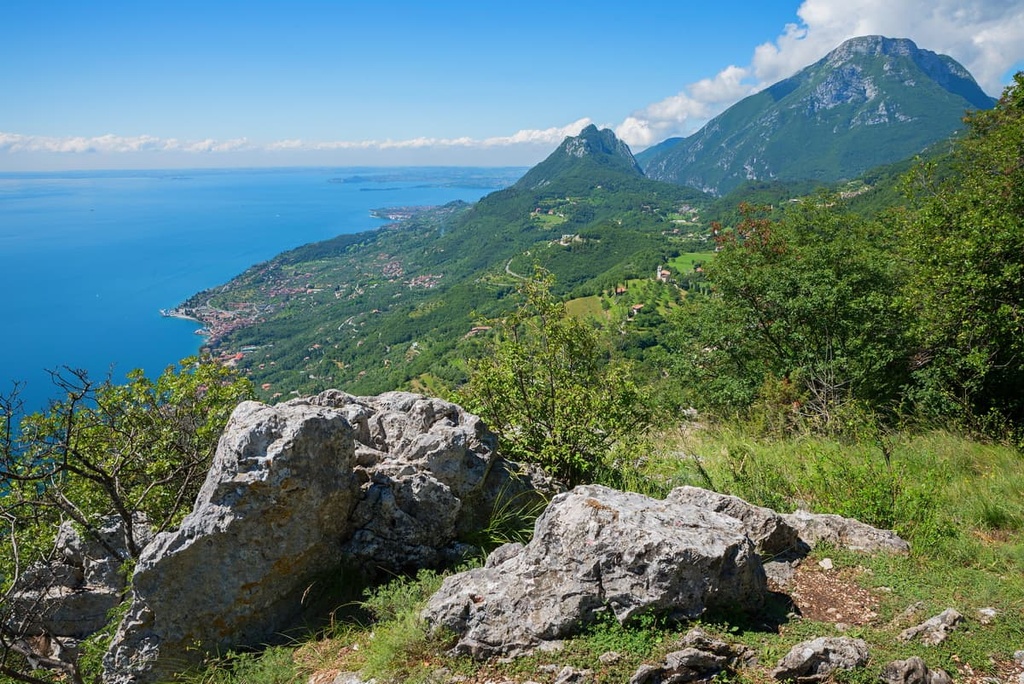
The hiking areas in Brescian Upper Garda Park can be divided into four large groups:
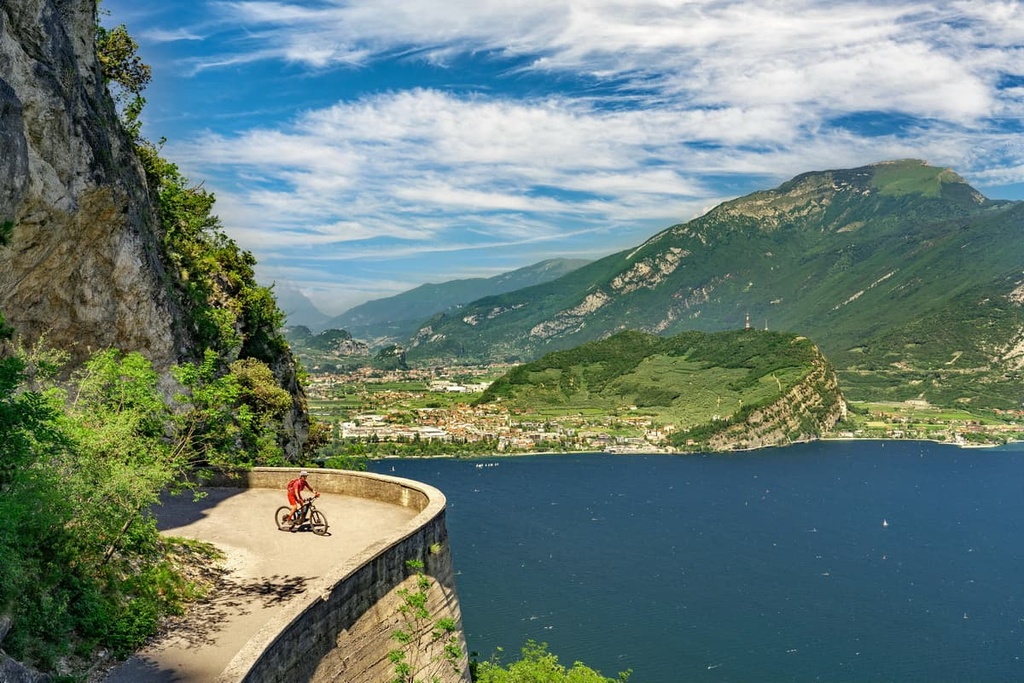
In each of these areas, you will find a huge variety of hiking and backpacking routes of varying lengths and levels of difficulty, most of which are loops, which is quite convenient.
So, here is a list of the top 10 trails in Alto Garda Bresciano Park:
Salo
Hikes from the Garda Lake Shore
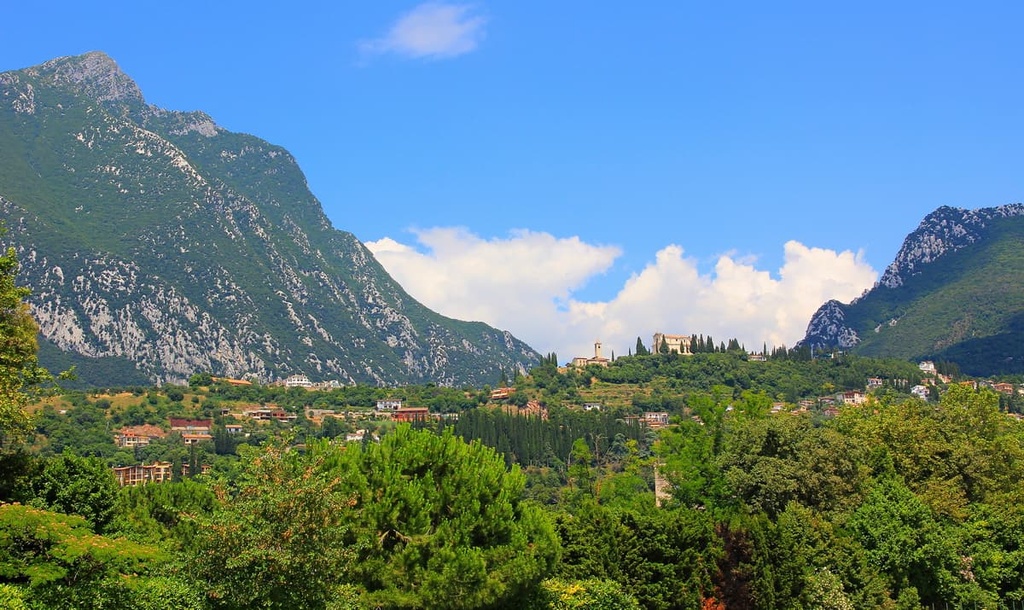
Inner Valleys
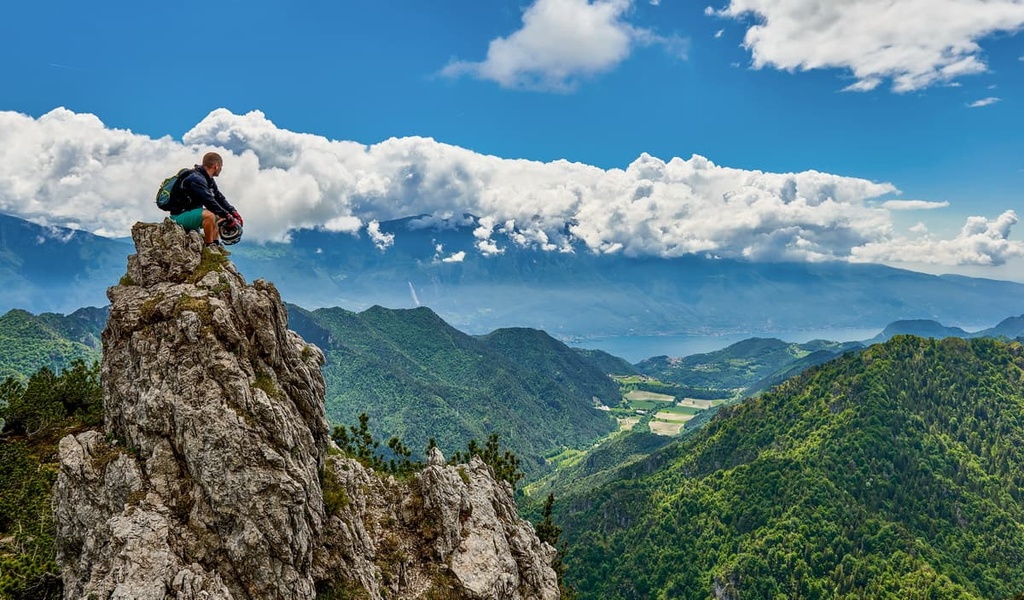
Hikes from Idro Lake
In Alto Garda Bresciano Park and on the western part of Garda Lake, there are no ski resorts.
But you will find many ski resorts in other areas of the Brescia and Garda Prealps range. Here are some of the other nearby resorts that you can check out if you’re visiting the area during the winter months.
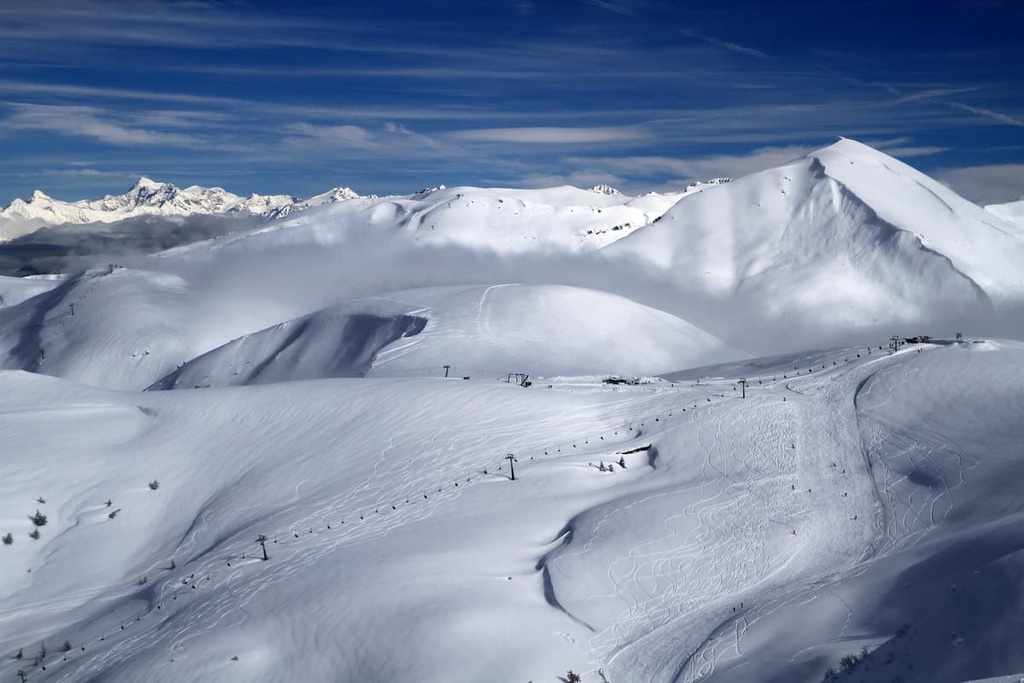
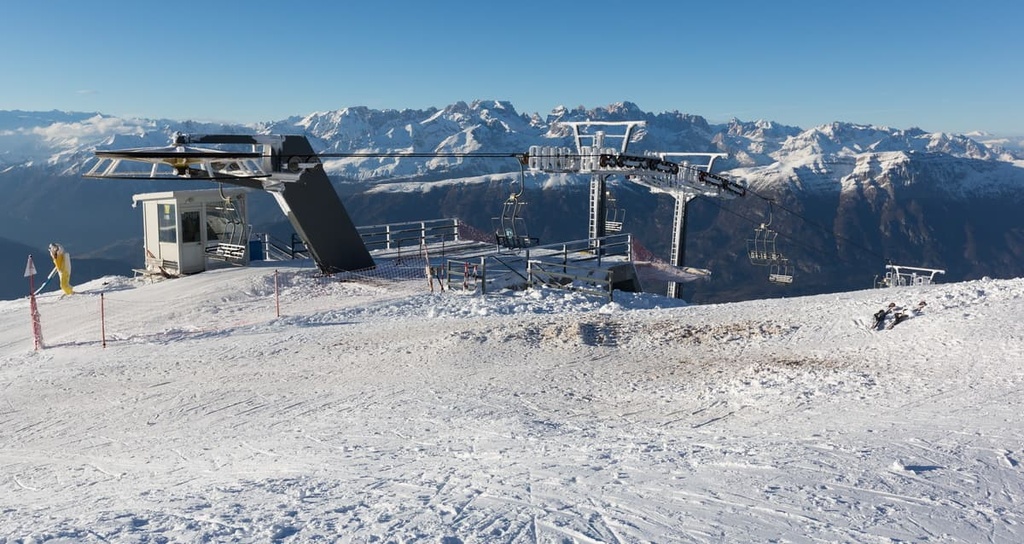
You can find out what lifts are open and closed in the region in real-time on the World Mountain Lifts page of the PeakVisor website.
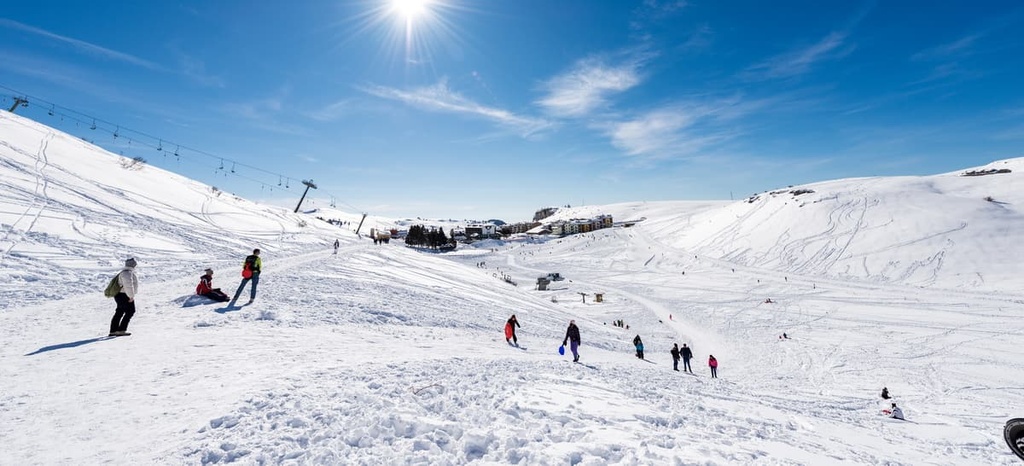
Before or after going to the park, be sure to come to its Visitor’s Center, which is a magnificent museum dedicated, not only to the park but also to Garda Lake in general. It is located almost on the shore of the lake between Gardona and Pieve, close to Limone Sul Garda at the northern end of the park.
Inside the museum, you will find nine rooms with various themes, such as ‘Natural History,’ ‘The Shapes and Colors of the Land,’ ‘Man and the Economy,’ ‘The Great Transformation (of life on Garda Lake),’ ‘Modern-Day Tourism,’ ‘The Brescian Upper Garda Park,’ ‘The Regional Forest of Western Garda,’ and ‘Sounds and Lights of the Forest.’
But that’s not all. Near the Visitor\s Center, there are other interesting sites to check out, such as the Nature Observatory, the Flying Frogs Adventure Park, and the Crayfish Reproduction Center. So there are a lot of things to do and experience in the region.
Il Museo del Parco Alto Garda—Centro Visitatori
Locality Prabione, 25080, Tignale, BS, Lombardy, Italy
+390365761642
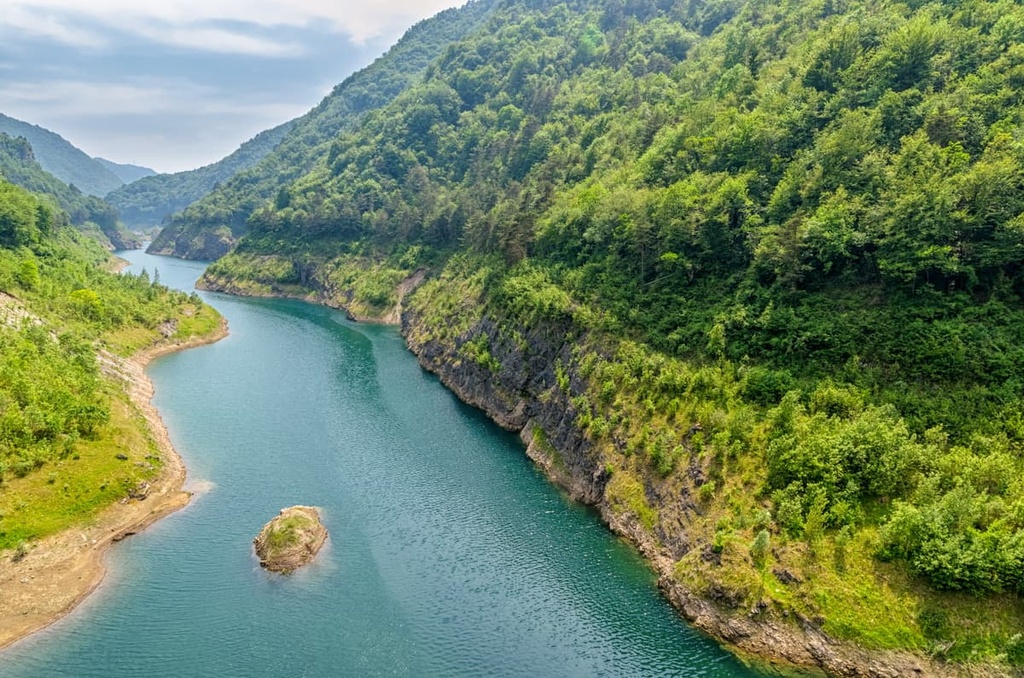
As we have already discussed, Parco Alto Garda Bresciano differs from other parks in that it is not a wilderness but a populated area, so there is a much greater choice of accommodation in the region. The park really does have it all, from traditional Alpine huts (rifugios) and free mountain shelters of the Italian Alpine Club, to campsites, agriturismos, and much more.
Do keep in mind, however, that the word rifugio in a building’s name does not always mean that it offers lodging, sometimes it can just be a restaurant. At the same time, malgas (farms) and baitas (huts), which are usually restaurants, may offer rooms as well. Always ask about the availability of accommodation in a particular rifugio or hut before you leave home.
Here's a list of the main accommodation options in Alto Garda Bresciano Park:
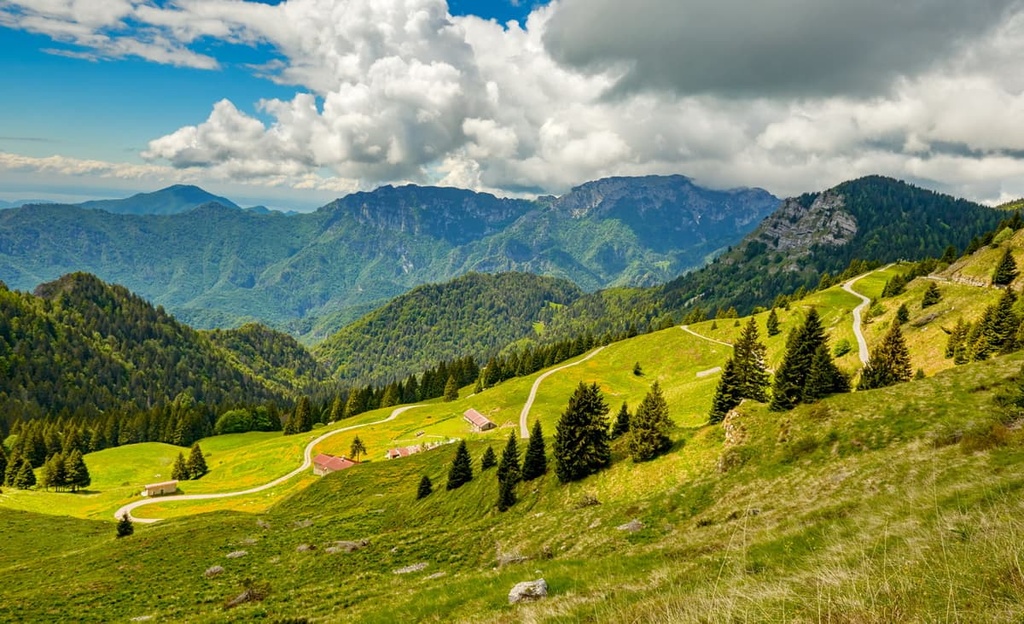
Salò is the largest town in the park (and one of the top three on Garda Lake in general). It is located near the southern part of the park. The municipality has around 10,500 residents.
The main attraction of the town is its long lakeside promenade (Lungolago Salò), which features a small port, many cafes and restaurants, and more. On the way into town, I recommend getting off the bus beforehand at the town of San Felice del Benaco and going to Salò on foot. This way you can enjoy an even longer walk along the lake.
Other architectural and cultural sites at Salò include the Main Square (Piazza della Vittoria), the Clock’s Old Town Gate (Porta dell’Orologio), the Cathedral of the Annunciation to Saint Mary (Duomo di Santa Maria Annunziata), the Town Hall (Municipio), the Palace of the Magnificent Fatherland (Palazzo della Magnifica Patria), and the Museum of Salo or MuSa (Museo di Salò), among others.
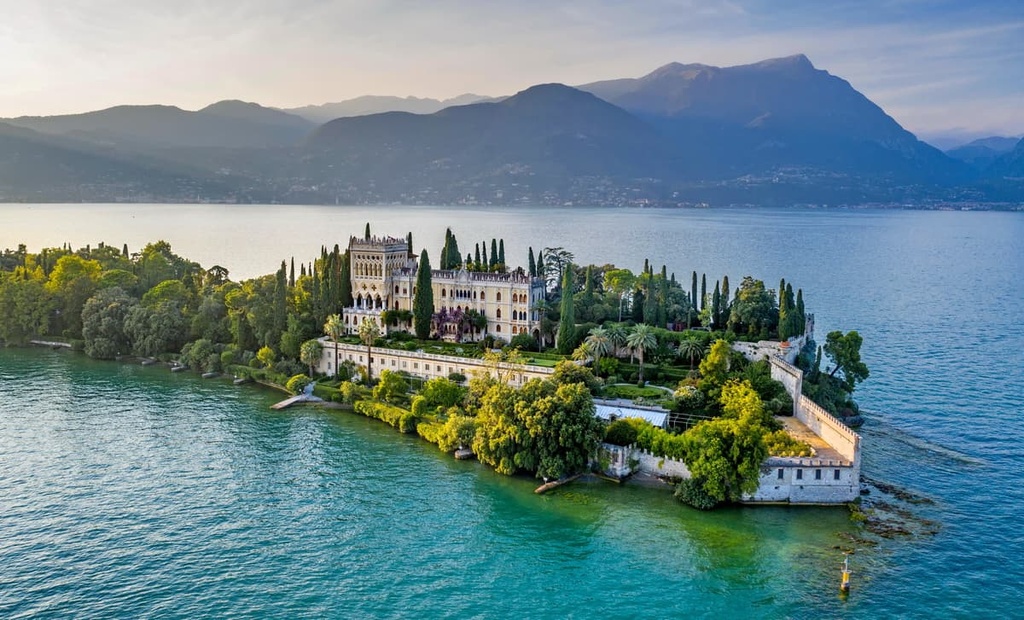
By the way, for those who want to join the Italian Alpine Club or renew their membership card, there is a branch in Salò at Via Giovanni Pascoli, 4. Membership in the club can be useful if you want to get discounts of up to 50 percent for overnight stays in rifugios or if you want to participate in events organized by the club.
For more information, check out the official tourist website of Salò: VisitGarda.com.
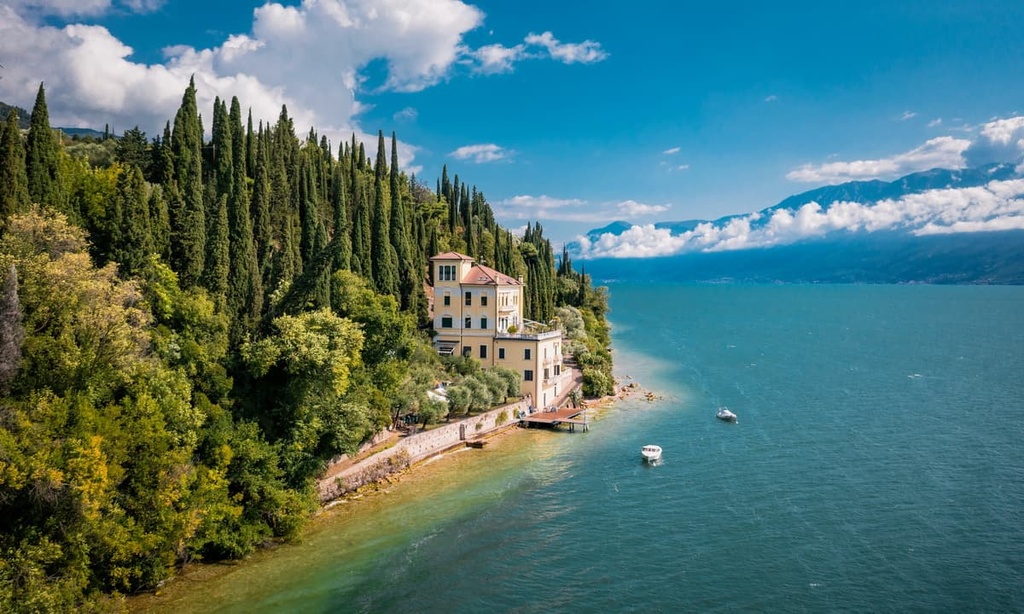
Explore Alto Garda Bresciano Park with the PeakVisor 3D Map and identify its summits.
